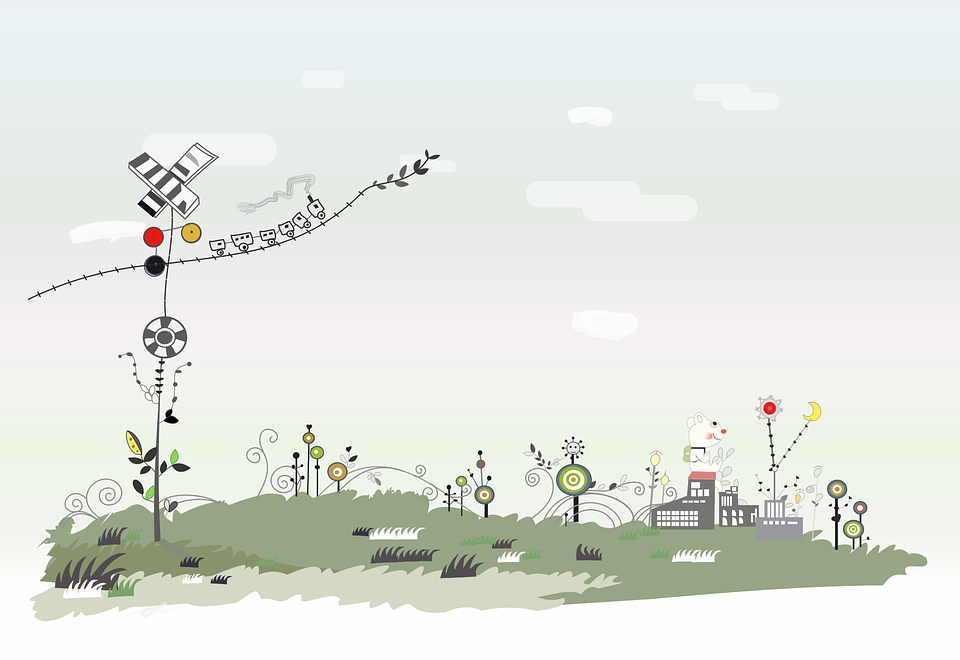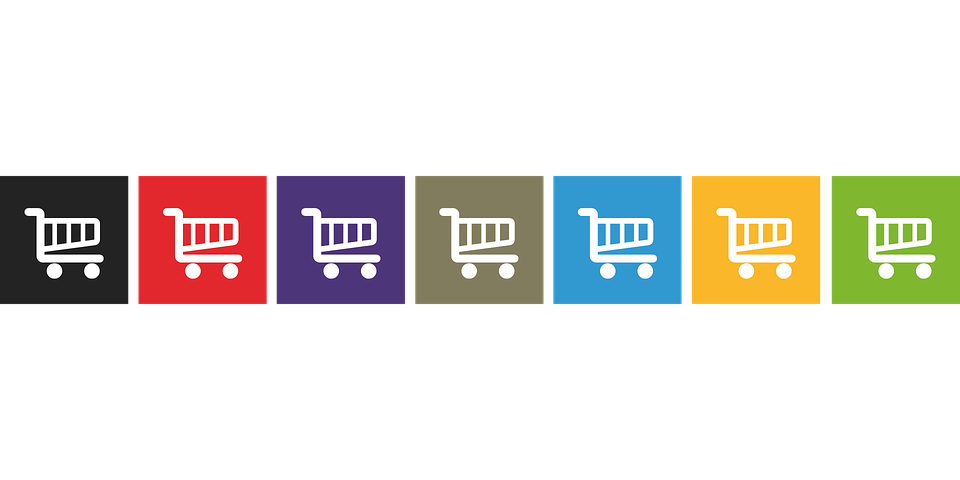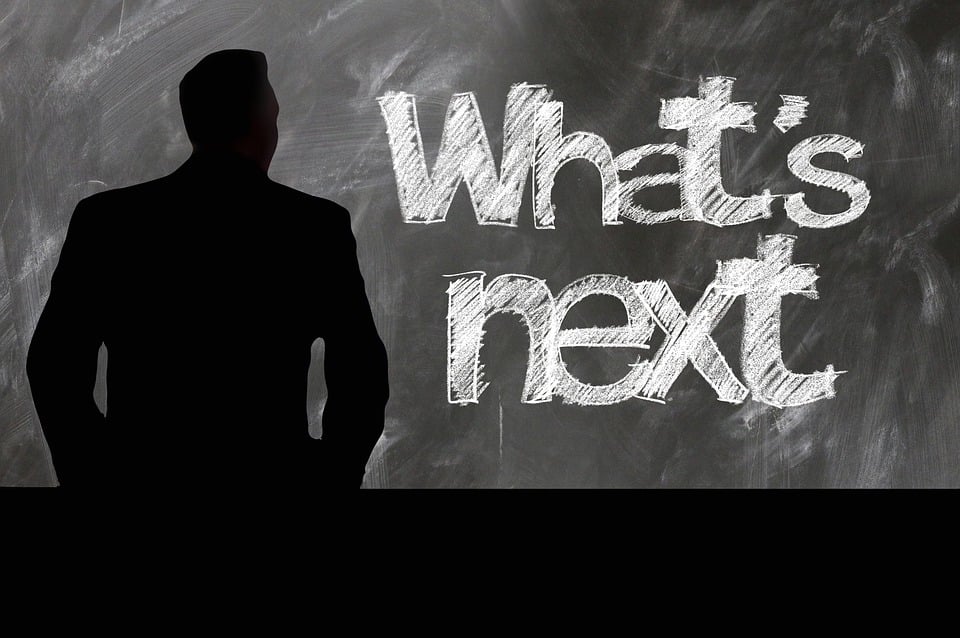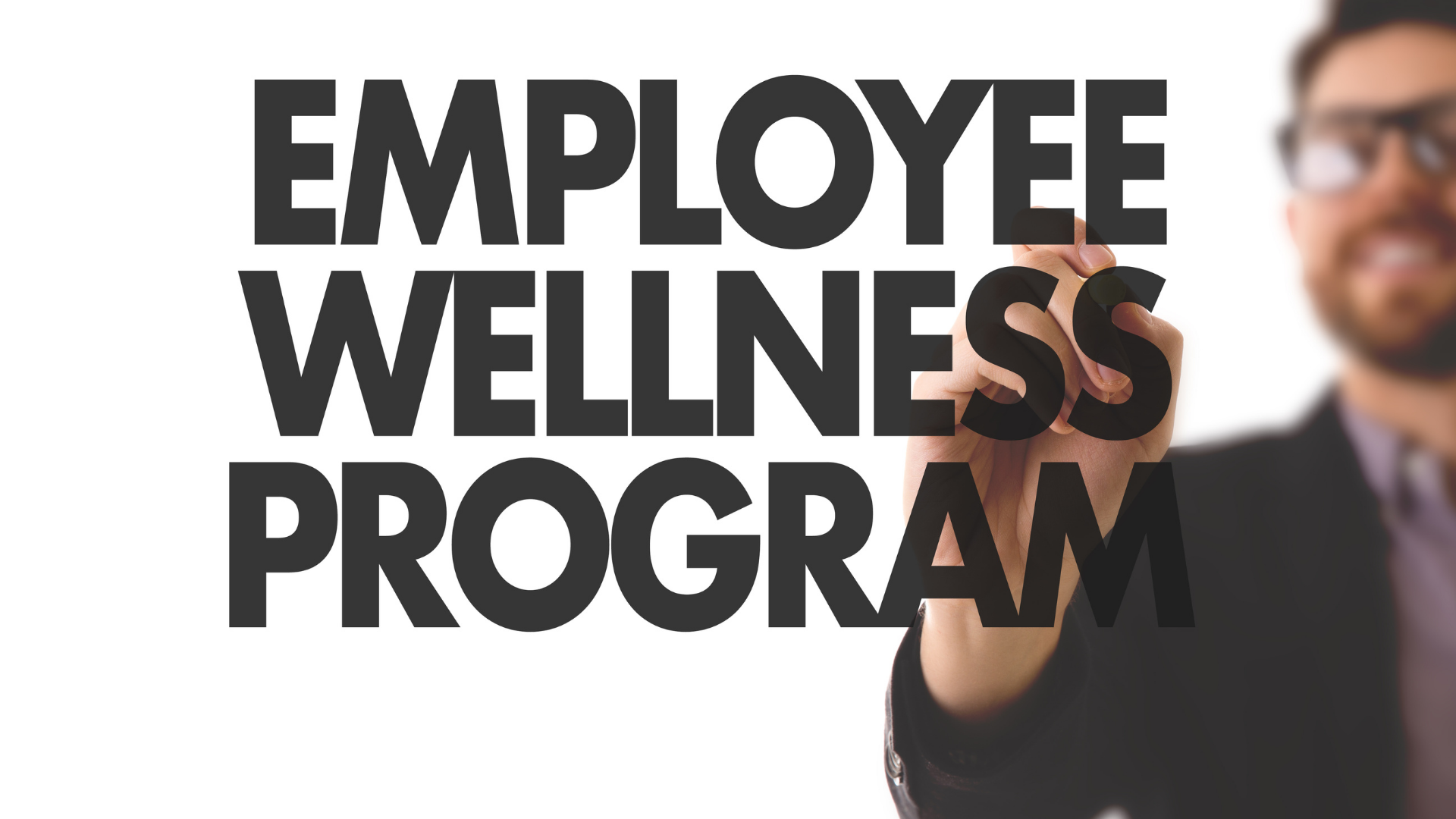In the experiential learning space, staying customer-centric isn’t just good practice – it’s essential. With client needs evolving faster than ever, learning partners must go beyond just delivering workshops. The goal is to build long-term trust, understand underlying business challenges, and co-create solutions that are relevant, personal, and impactful.
In our experience, customer centricity in this sector is about more than empathy or responsiveness – it’s a mindset. It’s a daily practice of curiosity, adaptability, and collaboration.
Recently, a candid discussion with one of our clients helped us reflect on how customer centricity shows up – and how it can falter. Based on that, here are some actionable behaviours and mindsets we’ve seen make the difference:
Related Reading: 100 Inspiring Quotations on Customer Service
1. Be Authentic and Transparent
Table of Contents
Let’s start with something simple: just be yourself. Pretending to know something you don’t can instantly erode trust.
In our interactions, we’ve found that clients appreciate honesty more than perfection. It’s okay to say, “That’s a great question – let me get back to you with a thoughtful answer.” This creates space for trust and follow-up.
Credibility isn’t built through slick talk; it’s built through follow-through.
2. Lead With Empathy
Empathy isn’t just a soft skill. It’s a strategic one.
We’ve noticed that active listening – the kind where you’re not waiting to talk but actually absorbing – makes a big impact. Clients remember how you made them feel heard. Paraphrasing their concerns, checking for alignment, and holding space for their challenges builds connection.
Empathy, in our work, is the bridge between conversation and collaboration.
Especially in L&D, where priorities shift and stakeholders vary, empathy helps us understand the context behind the need.
3. Understand the Challenge – Don’t Just Pitch
Too often, we see sales conversations jump straight to the “what” – program details, formats, decks.
But being truly customer-centric means staying longer in the “why” and “where” – why is this intervention needed now? What’s happening in the team or the business?
Ask more than you speak. Prepare thoughtful questions. Diagnose before you prescribe.
Stephen Covey said it best:
“Seek first to understand, then to be understood.”
4. Customisation is Non-Negotiable
In the experiential learning space, copy-paste is a red flag.
Every client believes their challenge is unique — and more often than not, they’re right. A one-size-fits-all approach can feel tone-deaf. The best engagements we’ve been part of are co-created: we bring the learning science and structure; they bring the context.
When we show flexibility and a willingness to design around their reality, clients see us as learning partners – not just providers.
5. Do Your Homework
Knowing the client’s world is key to building trust. This means:
- Reviewing the LinkedIn profiles of key stakeholders
- Tracking company updates – leadership changes, M&A, business shifts
- Noting internal language or frameworks they use
This not only makes conversations richer but shows genuine intent. In our experience, when clients realise we’ve invested time in understanding their context, the conversation becomes more collaborative.
Related Reading: 4 Tips for Leaders to G.E.A.R Up For a Customer Centric World
6. Understand the Broader Business Climate
Context is everything. Industry trends, economic signals, and policy changes all affect a client’s priorities.
When the auto sector is seeing layoffs, for example, your L&D proposal needs to factor that reality. When DEI is gaining attention, your programs need to reflect inclusive thinking.
Being aware of:
- Sector-specific tailwinds or headwinds
- Cultural shifts in leadership and talent management
- Budget cycles and procurement constraints
…can help you craft proposals that are timely and relevant.
7. Speak the Language of the Industry
Clients often want to know whether you’re “in the know.” And one way to signal that is to reference trends, research, and innovations in HR and L&D.
Bring in examples from:
- McKinsey, BCG, or Deloitte research
- Thought leaders like Josh Bersin or Adam Grant
- Platforms like Gloat, Degreed, or BetterUp
We’ve seen how referencing new tools and ideas instantly shifts the tone of a conversation — it tells the client, “You’re not just delivering content, you’re shaping what’s next.”
8. Stay Top-of-Mind (Without Being Pushy)
Customer centricity also shows up in your follow-ups.
We’ve found that short, value-driven updates – like a WhatsApp message with a one-pager or a relevant article – work better than long emails. These micro-touches keep you visible without demanding time.
Tools like:
- Bite-sized leadership infographics
- Case studies
- Event invites
- A short video from a past session
…can go a long way in staying relevant.
9. Map the Decision-Makers (Not Just the Contact Person)
In every client account, there’s a circle of influence. Sometimes it’s the HRBP. Other times, the business head. And occasionally, an informal influencer who champions your work.
Take the time to:
- Understand who’s involved in approvals
- Who holds the budget
- Who signs off on learning partners
We’ve found that building relationships with sponsors – not just contact points – helps in deeper alignment and future collaborations.
Related Reading: Different Ways To Measure Customer Satisfaction
10. From Vendor to Partner: The Real Mindset Shift
Ultimately, being customer-centric is about elevating your role.
Don’t aim to be the most polished presenter in the room. Aim to be the most useful.
Help the client see possibilities, not just programs. Bring clarity to chaos. Challenge assumptions when needed. And always be willing to learn alongside them.
In our experience, that’s what moves you from being just another vendor to being a trusted learning partner.
Related Reading: Lunchtime Rescue: How One Mahindra Receptionist Saved the Day
Final Thoughts: Why It Matters
In a noisy world with endless options, customer centricity isn’t a differentiator – it’s the price of entry.
For anyone in the experiential learning space – whether you’re a facilitator, designer, or BD professional – these behaviours are the foundation of meaningful work.
The most impactful partnerships we’ve seen happen not because we had the best deck — but because we showed up with:
- Curiosity, not just capability
- Empathy, not just efficiency
- A spirit of service, not just a sales target
And that’s how customer centricity becomes more than a buzzword – it becomes a way of working.



















